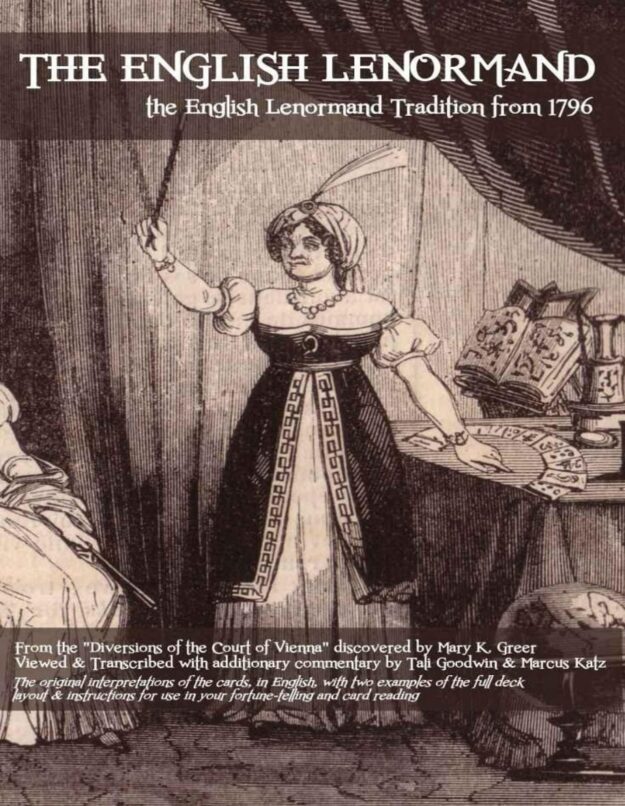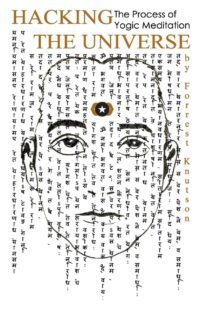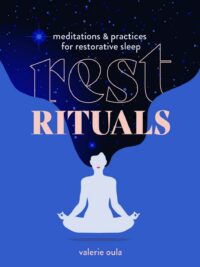“The English Lenormand” by Mary K. Greer, Tali Goodwin and Marcus Katz

"The original English language instructions from 1796 for reading what is now called the Lenormand Deck. In this piece of ground-breaking research, discovered by Mary K. Greer, you will learn the simple roots of this fortune-telling tradition, in English, by an anonymous author, who claims to have read them in Germany, from a Latin translation of ancient Egyptian hieroglyphs!
This booklet also contains definitive proof for the first time that the Lenormand deck was created from a selection of coffee grind reading symbols, and the Lenormand methods such as dark/light, near/far, reading in a line, etc., are all cartomantic versions of coffee-grind reading methods. There are TWO fully worked examples of what is now called the "grand tableau", one for a man and one for a woman. These are incredible in that they could be written for contemporary times in their interpretations (other than a few perspectives that are now outdated).
We have also provided additional commentary from the cards themselves, and comparison to The Spaewife and Flamstead and Partridge, two other very early English-language chapbooks of fortune-telling.
Furthermore, we show how the Hechtel version of the deck — which became "THE" Lenormand, 50 years after his deck publication, added several images from another symbol list in German (thanks to the researchers at trionfi.com). It is probably only a matter of choice that our Lenormand deck of today doesn't include a Flag card, a Double Eagle, or a Grapes card. We can now also see how Hechtel merged a couple of cards from this version (possibly) and added four additional symbols to create his game deck.
Although fundamentally a piece of research, this booklet has a FULLY PRACTICAL use too, in that these instructions — originally in English — are the most authentic instructions that have been discovered to date, for all the cards (we have borrowed 4 card meanings not originally included from a list of the same time) and their method of reading. This booklet contains the full set of original meanings and instructions. We suggest too that in some cases, "reversals" might have been considered, for example, the Key being very different if upright or upside down.
So, for the first time, we can read exactly as readers of the time would have read … in an English (language) method."









Comments and discussion can be found in the channel